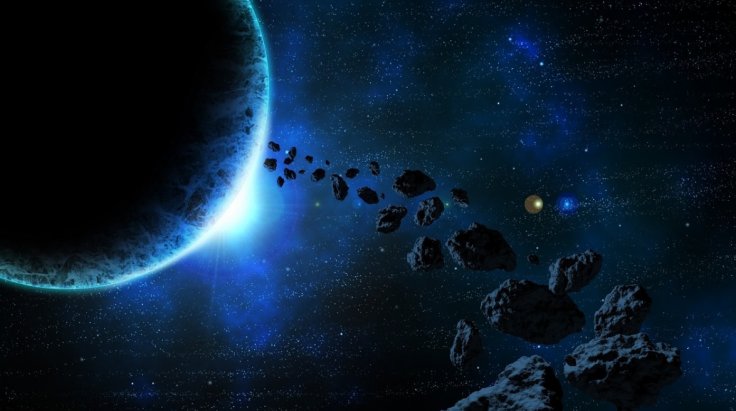A new study conducted by an international team of researchers has discovered an asteroid trailing behind Mars. Interestingly, the composition of this asteroid is very similar to that of earth's moon, and researchers speculate that it could be our natural satellite's long lost twin.
Cosmic Collision and Its Impacts
The research led by scientists at the Armagh Observatory and Planetarium suggested that this asteroid could be space debris formed during the ancient days where gigantic impacts formed rocky bodies in the solar system that includes, the moon, Mars, and Earth.

Researchers revealed that this asteroid falls in the class of Trojans. Trojans are a class of asteroids that follow planets in their orbits, just like a sheep follows its shepherd. For space scientists, these planets provide valuable insights into the early days of the solar system where cosmic collisions resulted in the formation of space bodies. Scientists believe that understanding more about Trojan asteroids could help to know about the evolution of the solar system.
Interestingly, thousands of Trojan asteroids are trailing Jupiter, but, until now, researchers have found only a few numbers of Trojans following the earth. Around 10 years ago, researchers had announced the discovery of a Trojan in earth's orbit named 2010 TK7. However, further studies revealed that 2010 TK7 was just a temporary visitor from the asteroid belt between Mars and Jupiter.
Asteroid's Similarities To Moon
Scientists noted that this asteroid 1998 VF31 has spectral similarity with the moon, much more than the properties it shared with other small objects like asteroids and meteorites including ordinary chondrites.
"Many of the spectra we have for asteroids are not very different from the moon but when you look closely there are important differences, for example, the shape and depth of broad spectral absorptions at wavelengths of 1 and 2 microns. However, the spectrum of this particular asteroid seems to be almost a dead-ringer for parts of the moon where there is exposed bedrock such as crater interiors and mountains," said Galin Borisov, a researcher at AOP, in a recent statement.
Scientists believe that more such discoveries will follow as the GAIA satellite has already started surviving the skies. If everything gets work out as per plans, scientists may discover more trojan asteroids trailing the earth like sheep following the shepherd.









